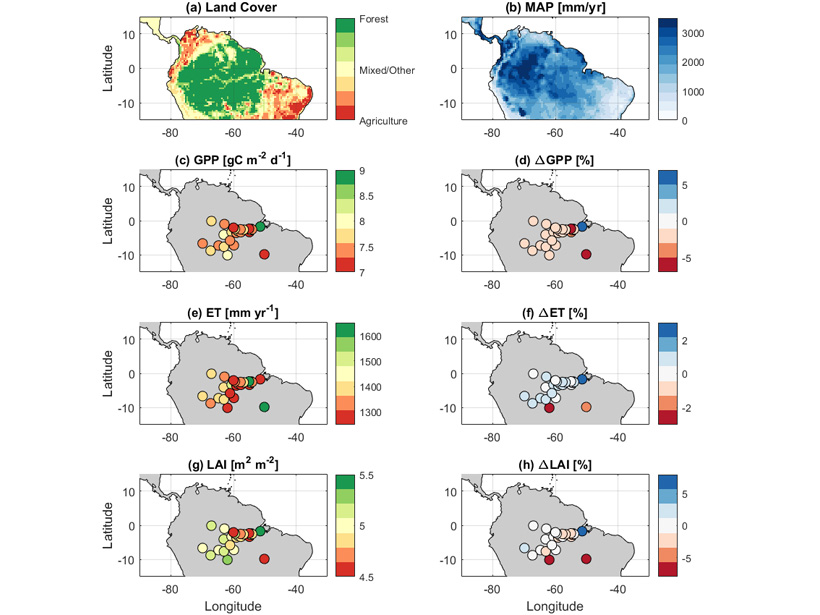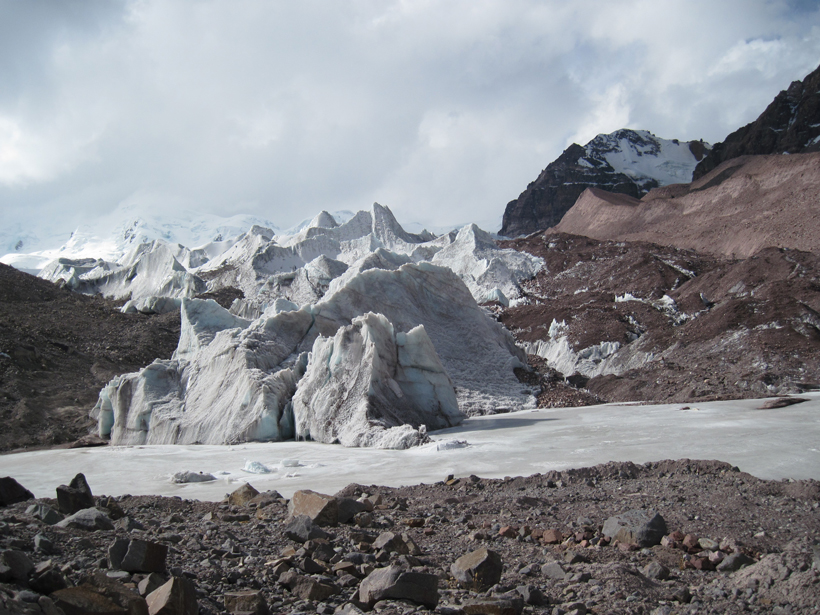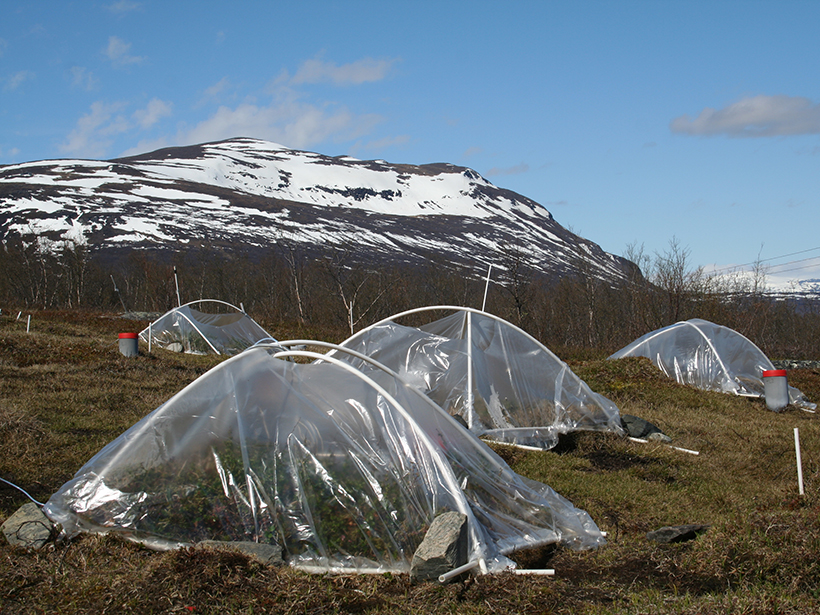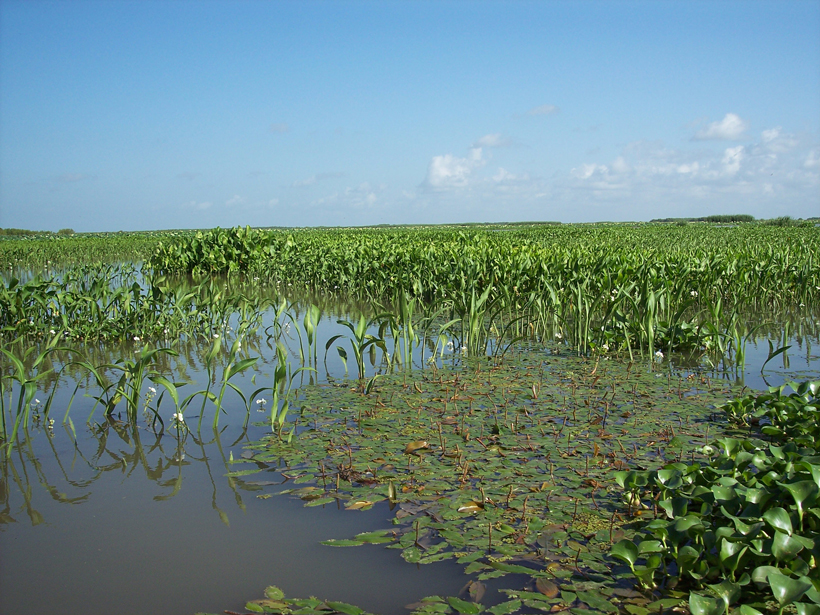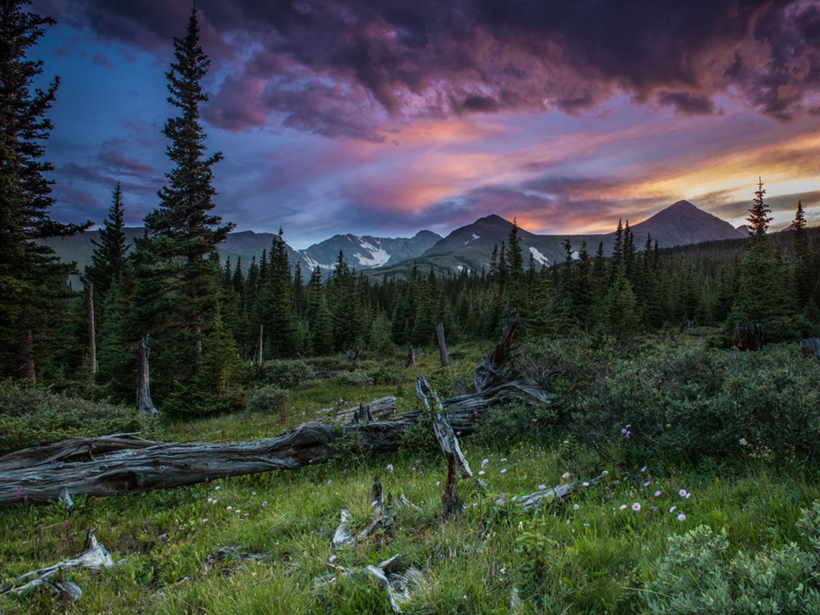Characterizing leaf phenology in process-based models reconciles both “dry season green-up” and drought controls on Amazonian carbon balance.
plants
Refining Remote Sensing of Dissolved Organic Carbon in Waterways
Nearby vegetation affects the color of organic matter, a new study finds.
After a Glacier Retreats, Plants Thrive Thanks to Phosphorus
Grasses, small flowers, and mosses colonize glacial till in the Peruvian Andes when researchers apply a phosphorus fertilizer, an ecological surprise with implications for carbon sequestration.
The Upside to a “Bad” Ozone Precursor
In Sweden’s wet heathland, scientists see how a sensitive ecosystem adapts to rising global temperatures.
Rising Ocean Temperatures Threaten Carbon-Storing Sea Grass
A new model predicts that as ocean temperatures rise, carbon-storing sea grass may disappear and even go extinct in some ecosystems.
Tests Indicate Which Edible Plants Could Thrive on Mars
An undergraduate experiment grew vegetables and herbs in simulated Martian soil under Mars-like reduced daylight. The tasty results suggest that Mars colonists could farm their own produce.
Scientists Probe Water Inside Leaves via Satellite
Improving satellite-based studies of vegetation optical depth, a critical ecosystem indicator.
Nonflood Flow May Be Major Driver of Delta Growth
Plants and fluctuating river flow work together to balance vertical sediment buildup with sediment delivery to the delta’s edge.
Coastal Wetlands Effectively Sequester “Blue Carbon”
Mangrove forests, salt marshes, seagrass beds, and the like are carbon storage treasure troves.
Assessing a New Clue to How Much Carbon Plants Take Up
Current climate models disagree on how much carbon dioxide land ecosystems take up for photosynthesis. Tracking the stronger carbonyl sulfide signal could help.

